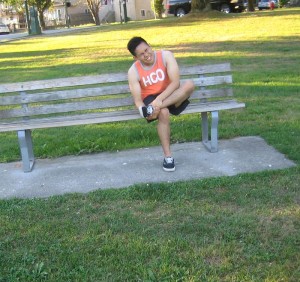A diabetic boot is a tool that aids individuals with suffering from diabetic ulcers. Those who are diagnosed with diabetes face the risk for ulcers or open sores on the skin surface. An elevated blood sugar level hampers normal wound healing. This increases the risk for a serious infection and might even lead to the loss of a toe, foot or limb.
What is a diabetic ulcer?
A diabetic ulcer typically forms on the ball of the foot or base of the big toe. It might also form at the site of a callus.
As a complication of diabetes, it is likely to occur among those who:
- Had diabetes longer than 10 years
- Diagnosed with heart disease
- Use insulin
- Have poor blood sugar control
A diabetic ulcer typically forms on the ball of the foot or base of the big toe. - Diagnosed with neuropathy
Irritation or pressure on the foot can result to the formation of ulcers. An ideal way to slow down the growth is to lessen the pressure. A diabetic boot can relieve some of the pressure from the foot while walking.
Aside from slowing the growth of an ulcer, a diabetic boot can also stop the spread of an infection.
How long should I use a diabetic boot?
A diabetic foot might be removable or irremovable. For the best results, some doctors suggest total contact cast. This produces continuous pressure around the foot and could not be removed.
A diabetic ulcer that is not accompanied by an infection usually heals in 6-8 weeks. A complicating factor such as infection can prolong the recovery period.
When to see a doctor?
The individual should follow a scheduled routine checkup. The doctor will check the feet for any potential issues.
A doctor must be seen if the individual injured his/her foot. Those who have diabetes should take any foot injuries seriously. Due to the slowed healing and high risk for infections, a doctor must be seen right away.
Take note that a diabetic boot might not be suitable for everybody. A doctor must be consulted first if this is a suitable option in treating diabetic ulcers.


